Xiaomi Mi Watch
While it’s not the company’s first smartwatch, the Xiaomi Mi Watch is the first of the Chinese tech giant’s wearables (other than its cheap-and-cheery fitness trackers) to get a global launch.
Alongside the Xiaomi Mi Watch Lite, a Fitbit Versa lookalike that’s half the price of the ‘standard’ Mi Watch, this smartwatch has finally rolled out to loads of countries, six months after it was first unveiled in September 2020 (and four months after the Mi Watch Lite was shown off).
This is a fairly low-cost smartwatch with plenty of features - there are 117 sports tracking modes, standard smartwatch features like heart rate monitoring and step counting, some rarer features like energy tracking, Sp02 monitoring and stress testing, and lifestyle features including music control and weather reports.
That’s a large number of features for a relatively low-cost smartwatch, and the inevitable catch is that some of the features don’t work perfectly. We found inaccuracies in sleep monitoring, and unless you’re using the tie-in smartphone app, you won’t be able to see all the information you collect on workouts.
We haven’t finished testing the Xiaomi Mi Watch yet, so while you can find our initial observations on the smartwatch below, we’ll save our long-term report - as well as our verdict on whether you should buy the watch or not - until we’ve had longer with the device.
Xiaomi Mi Watch price and availability
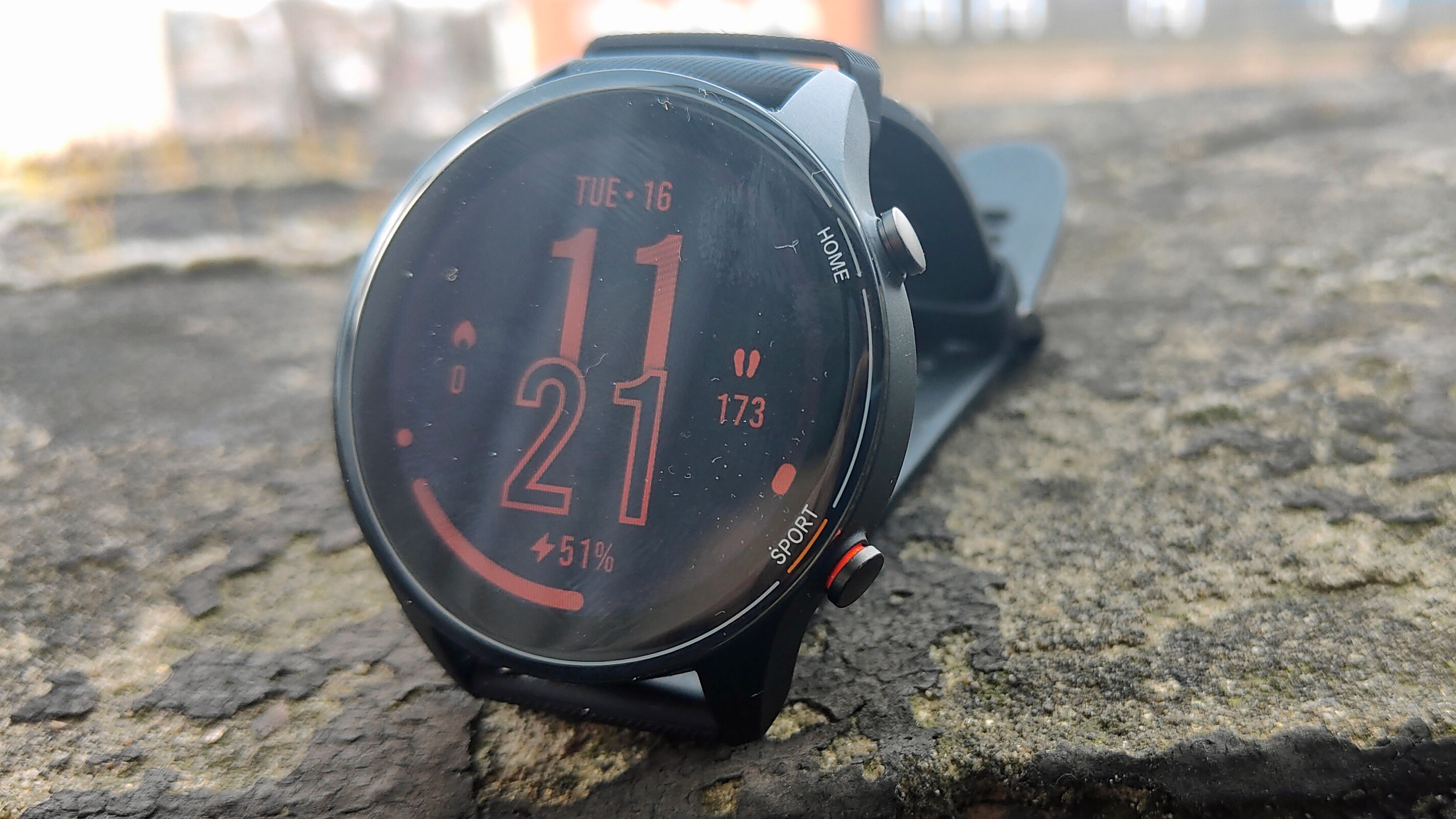
The Xiaomi Mi Watch costs £119 (around $165, AU$210), and while we could see it come to Australia, Xiaomi doesn’t release its products in the US.
At that price, it costs twice as much as the Mi Watch Lite, a product we’ll briefly run you through below, so you can see its worth. The smartwatch undercuts a close competitor, the Fitbit Versa 3, which costs £199 / $229 / AU$399.
Design and display
The Xiaomi Mi Watch comes with a body and two removable straps - you can buy it in blue, black or beige, and both the body and strap are affected by this choice.
The strap comes with plenty of holes for breathability, and there are two loops to make sure the band is fastened securely.
The body is circular, with two crowns. Apart from words by the crowns (‘home’ and ‘sport’), and a white circle, there are no decorative ornaments on the watch - it has a pretty barebones look.
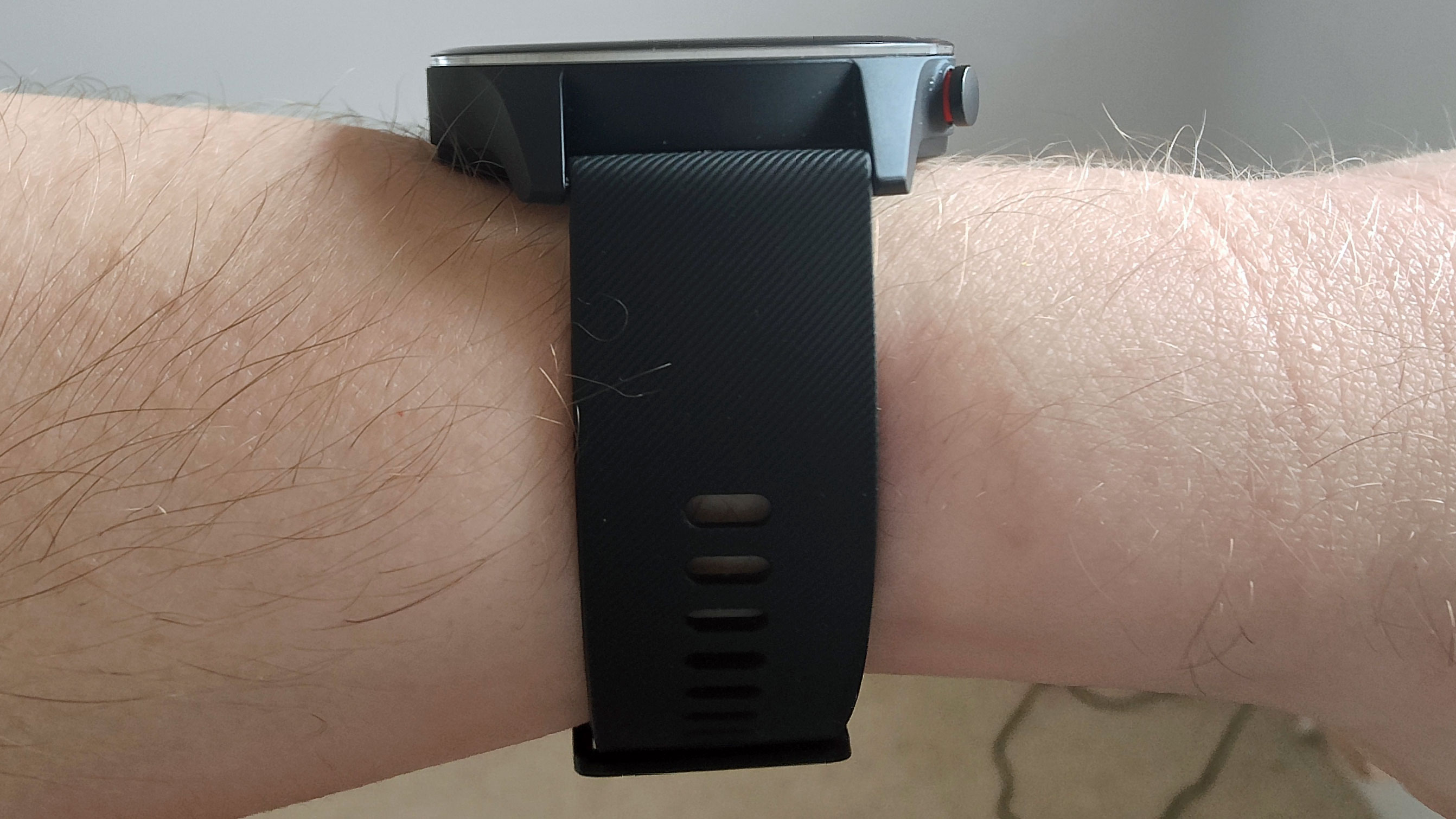
We found the watch lovely and lightweight, and it was easy to forget we were even wearing it during the night and on runs.
The Xiaomi Mi Watch display is 1.39-inches across, and it’s fairly bright, making it easy to see in direct sunlight. We were surprised by how fluid motion felt, like when scrolling through menus, and while we don’t know the display refresh rate we’d guess it’s higher than most smartwatches.
There are four watch faces to choose from on the device, but on the app you can find a huge selection of others to download. There’s no always-on display, but we found ‘raise-to-wake’ worked most of the time.
Fitness and features
There are a grand total of 117 fitness modes on the Xiaomi Mi Watch; we’ve only managed to test walking and running so far, but we’ll try more for our full review.
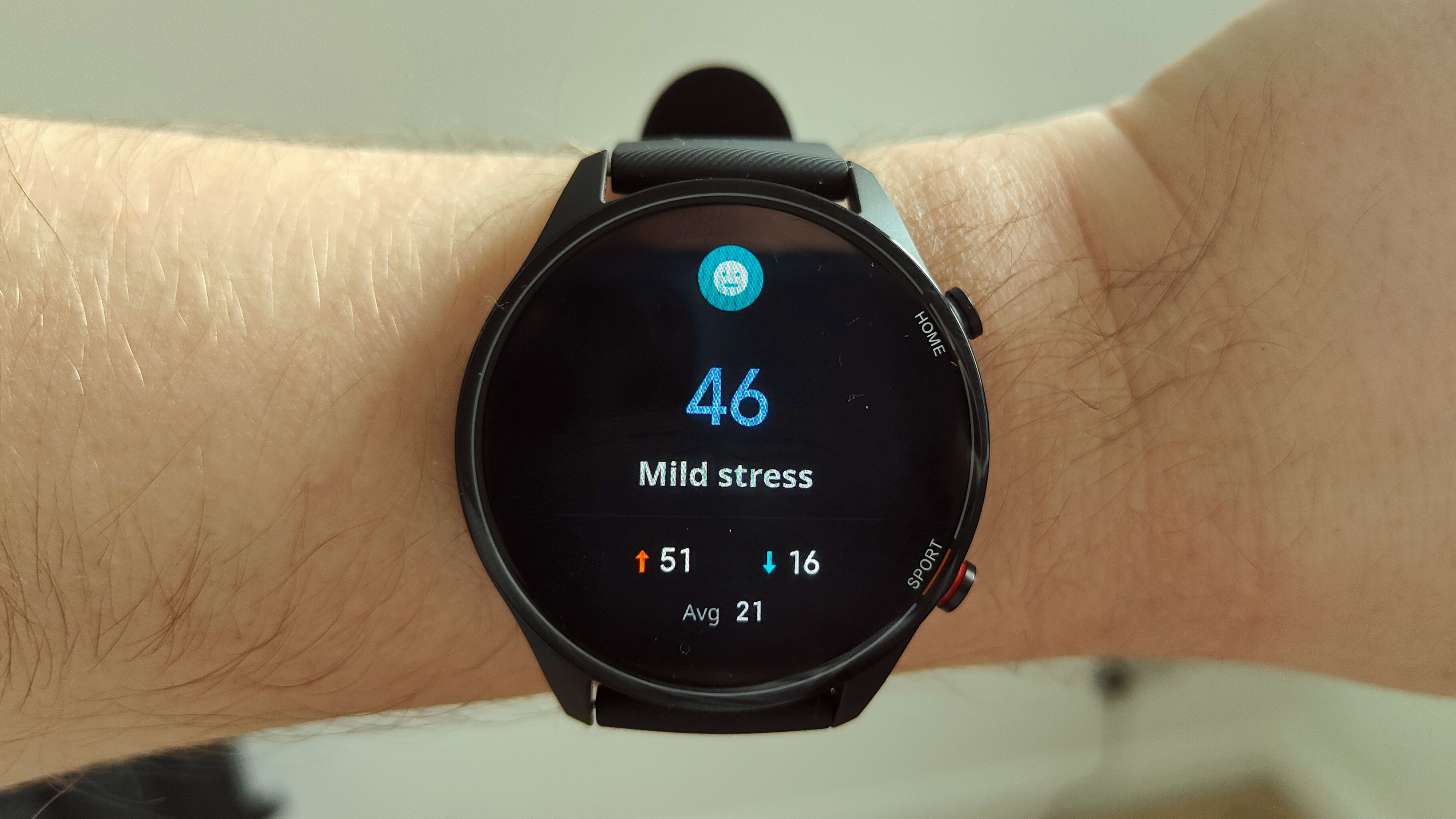
Stats recorded on the trip included time, distance, calories burned, pace and cadence, and you can also see how much of your energy you burnt and how long you should recover for. Boot up the Xiaomi Wear app, and you can also see the workout on a map, broken down into kilometer-by-kilometer pace, as well as the other metrics - it seems, to get the most of the Mi Watch, you need to use the app to see all your stats.
Other fitness modes include rowing, yoga, HIIT, curling, Tai Chi, darts and many, many more. We can only presume that most of these modes only give you time, calories and sometimes distance, but we’ll need to test to be sure.
There’s a heart rate tracker, Sp02 monitor and stress tracker on the watch; it’s not totally clear how the stress tracker gets its measurements, but we saw a suspicious correlation between ‘high stress’ and ‘drinking cups of coffee’. There’s also an energy feature, which calculates what your energy level is like during the day. This slowly gets more accurate based on charting your sleep times, workouts and more, and given that we’ve only been using the watch for around five days at time of writing, it’d be wrong to give a verdict on this straight away.
The Xiaomi Mi Watch has sleep tracking, and it breaks your naps down into REM, light or deep sleep too, which could be useful for improving your slumbers. We did find that the watch sometimes confused ‘being in bed’ with ‘being asleep’ though, which resulted in inaccurate sleep timings.
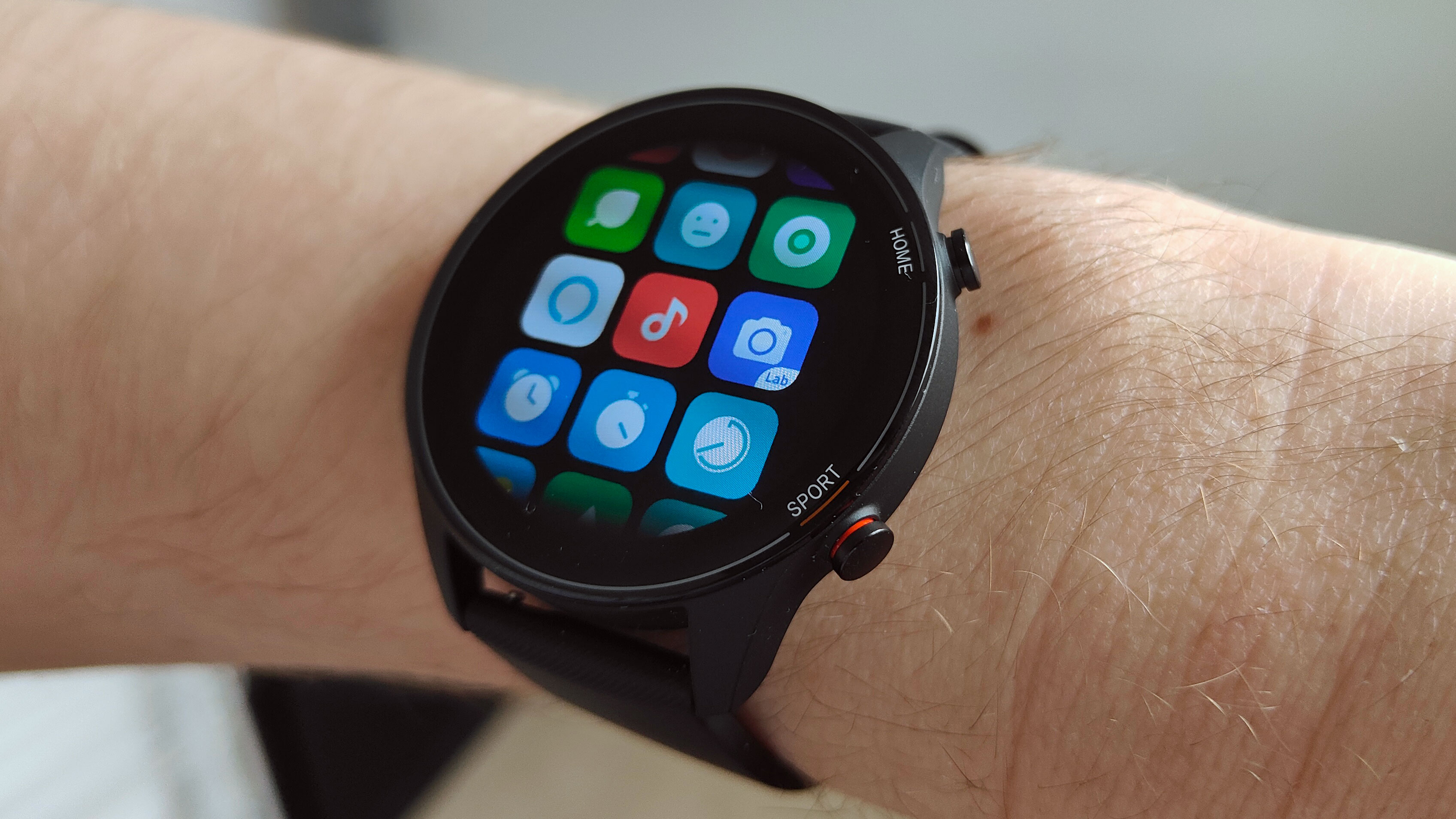
There are some lifestyle features on the watch too, including music handling (which worked well in collaboration with a smartphone), weather reports for the upcoming week and a remote shutter for your smartphone camera.
We’ve got one minor gripe - pressing the top crown brings up the app menu, with a big list of icons for different tools - and not one of them has a description of what they do. This is fine for some apps - the moon clearly indicates sleep tracking - but for others the corresponding app is less clear, especially given alarm, timer and stopwatch are all denoted by different forms of clock. It took quite a bit of getting-used-to, trying to figure out what all the apps do, though we eventually got our head around most of the icons.
Battery life
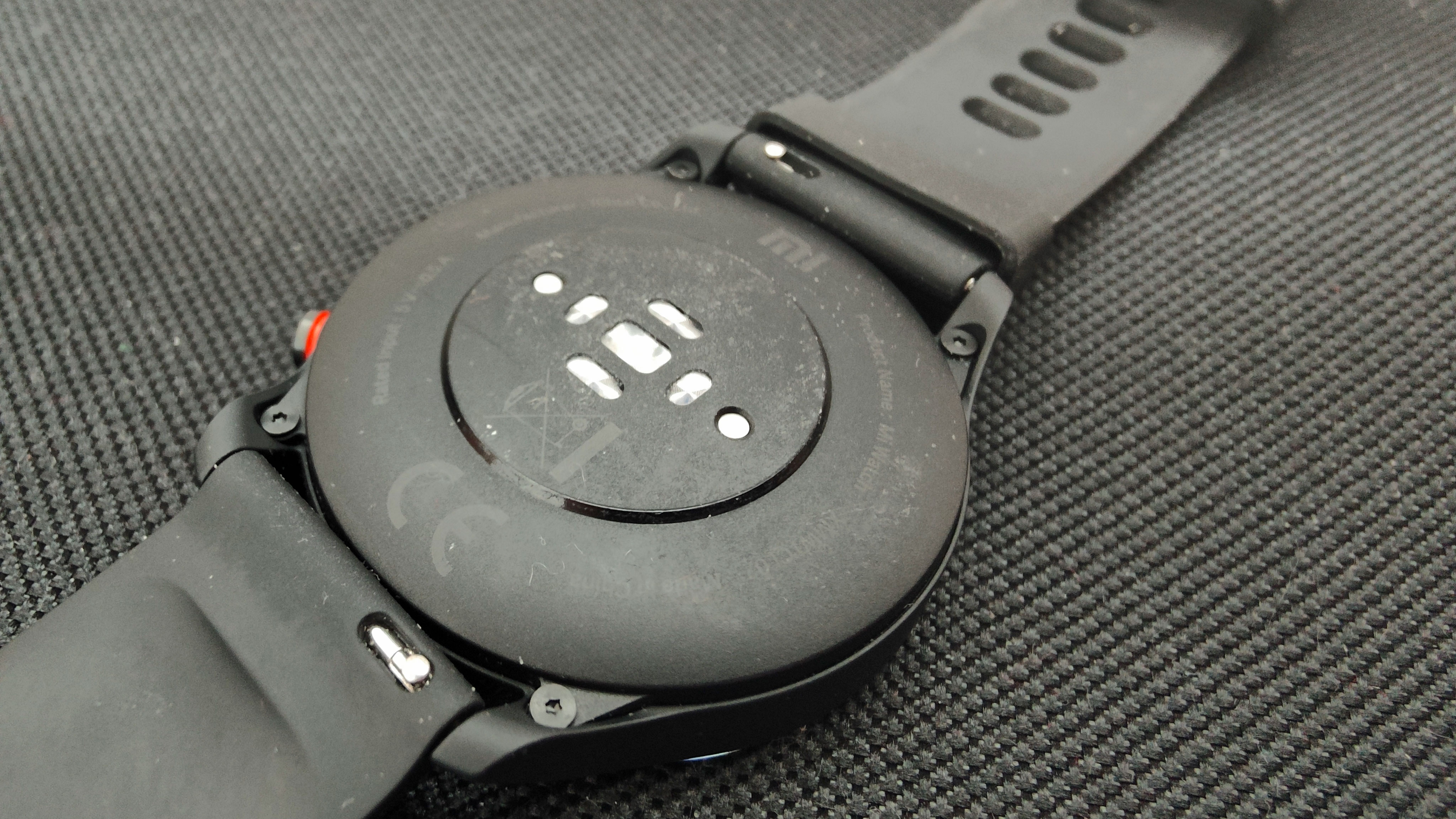
Xiaomi estimates the Mi Watch to have a 16-day battery life, which is a pretty great figure if true.
We haven’t used it for this long, but from our testing, the figure seems a little on the high side, especially if you do frequent exercises using the GPS. Ten days feels like a more accurate estimation for how long the watch will go between charges, which is still pretty great when you consider some Fitbit smartwatches last one or two days.
Charging speed isn’t something we’ve been able to test - it’s quite hard work burning down that 10-day battery life in order to do so - but Xiaomi says it takes two hours to power to full.
Early verdict
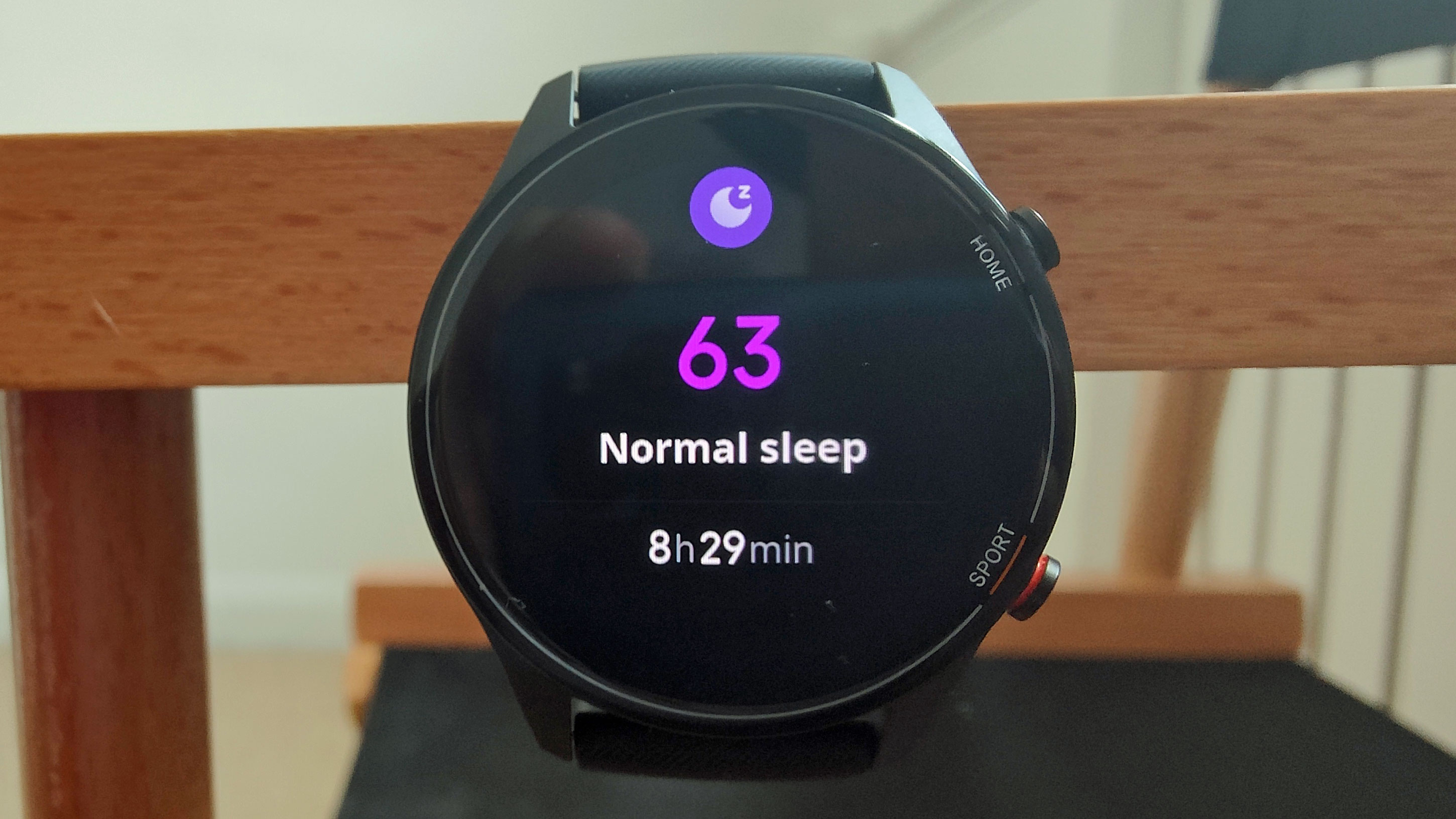
In terms of battery life, design and price, we’re impressed. On all counts the Xiaomi Mi Watch beats its close rivals, though it does retain some of their issues, like having to use your phone to make the most of the features, or not being able to respond to messages on your watch.
We’ve been fairly impressed with the Xiaomi Mi Watch’s feature showing so far, though we’re going to need to let them bed in for our full review to see just how well they work, and how accurate they are.
That’ll be the real test of the Mi Watch seeing how the energy meter, sleep tracking and stress modes fare over a longer period of time - look for our full review soon to see if this smartwatch is worth your cash.
- Initially tested March 2021
0 comments:
Post a Comment